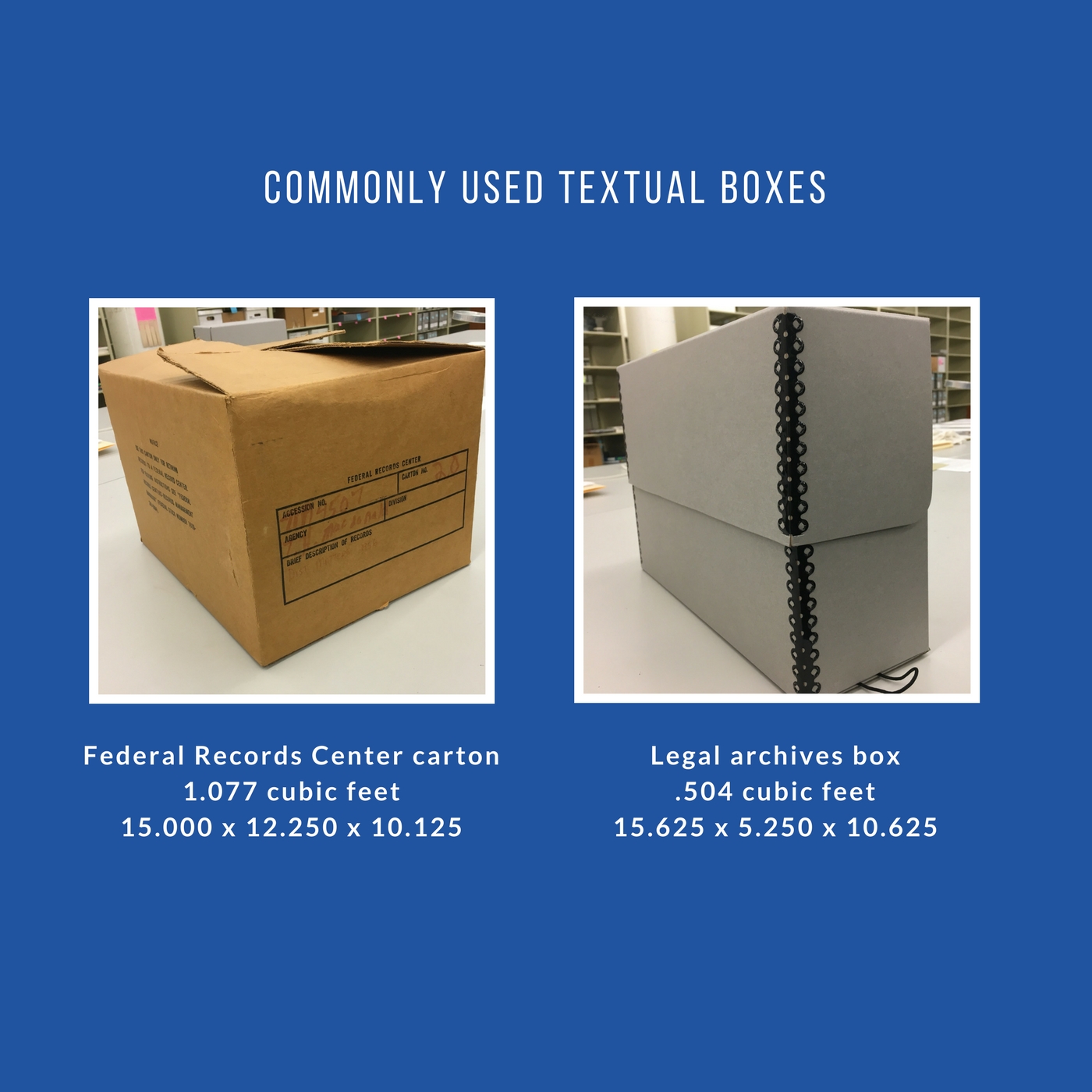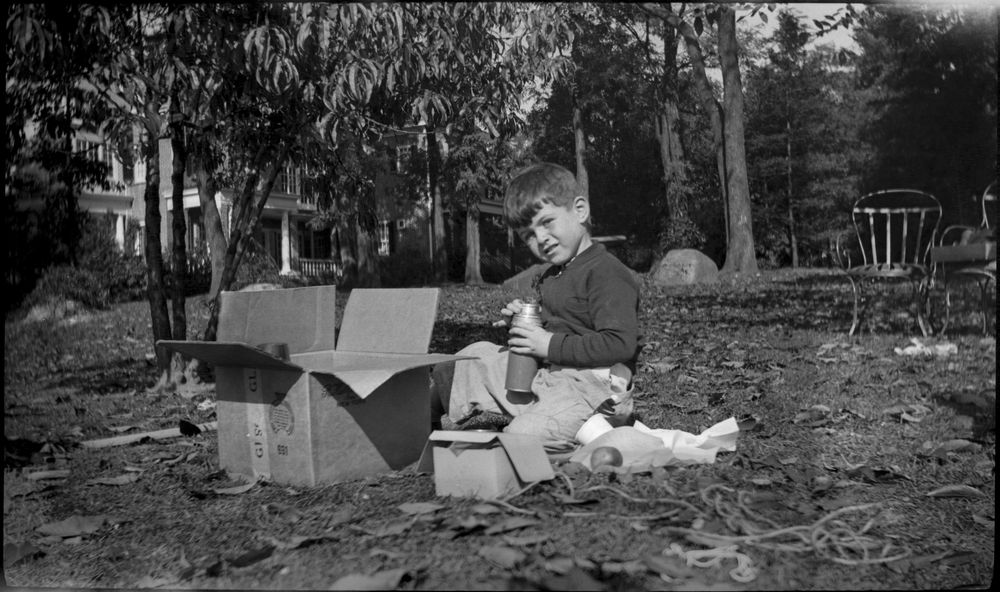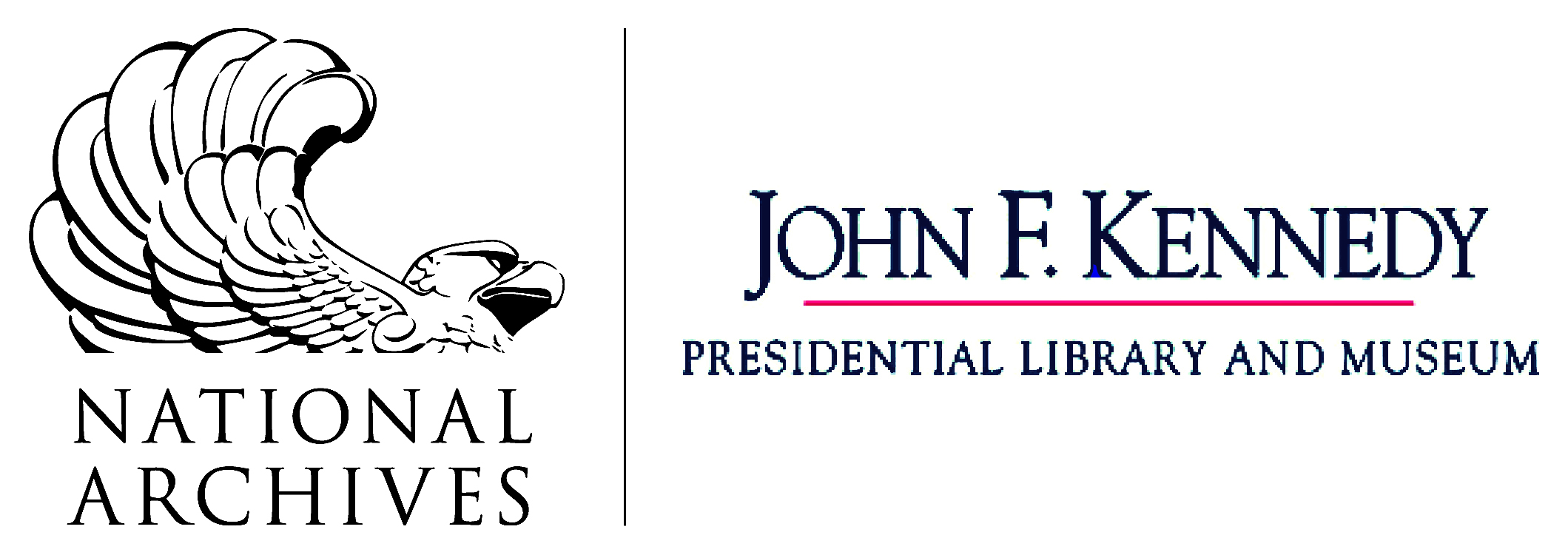By Abigail Malangone, Processing and Reference Archivist
Cubic foot – n. ~ 1. A volume of space that is approximately 12 × 12 × 12 inches. – 2. Records · A measure used to indicate the quantity of materials, commonly used to describe the size of large collections.
Several months ago, my colleague and I gave a presentation to a group of non-archives professionals. I described the size of one of our collections, stating that it was 217 cubic feet. I quickly scanned the faces in attendance and realized I lost them. I clarified this measurement using a familiar example. Bingo! Heads nodded; they got it.
Most professions have specialized vocabularies. The archives profession is no different – just check out this glossary from the Society of American Archivists! This technical jargon allows colleagues to communicate effectively within their own institutions and in collaboration with other professionals. We use the standard cubic foot measurement to quantify the amount of stuff (paper, photographs, film, etc.) we have; to develop work plans; to determine how much storage space we are using; and to determine how much space we may need in the future. It also helps us with basic administrative tasks like ordering supplies.
While this ability to communicate effectively at work is key, we need to ensure that we are communicating effectively with archives users. Researchers look at finding aids to learn about collections. A finding aid includes, among other descriptive details, the total size of the collection in cubic feet. But what if you don’t know what a cubic foot is? As a visual learner, I think it helps to look at some archival boxes. Two of the most common boxes you will find in the archives – especially if you are looking at the paper records – are the Federal Records Center carton and the legal archives box.

Now that you know what these boxes look like, you can visualize how large the 217 cubic foot collection is that I mentioned at the start of this post. Basically, this collection is made up of about 217 of the boxes on the left or about 430 of the boxes on the right.
Odds are you have already seen a cubic foot box without even realizing it! Just think of the entertainment trope of the “cardboard box of unemployment.” You know the scene: an employee quits their job or gets fired and they exit the building with a box containing a plant, a framed photo, and some stolen office supplies. That box you see is about a cubic foot. When all else fails, just think of an ordinary household box that is perfect for holding all the things you need for a backyard picnic!

Thank you for reading the first in a series of “Ask an Archivist” posts. If you have a question for an archivist, feel free to enter it in the comment box below. We might select it for a future post!

[…] issues and update descriptions, we’re now looking into every single box – roughly 1000 cubic feet of them! – and have come across all kinds of materials we wouldn’t expect to […]
[…] collection is approximately 0.504 cubic feet and is comprised of 175 Anscochrome and Ektachrome 35mm color slides. Senator Kennedy’s visit […]